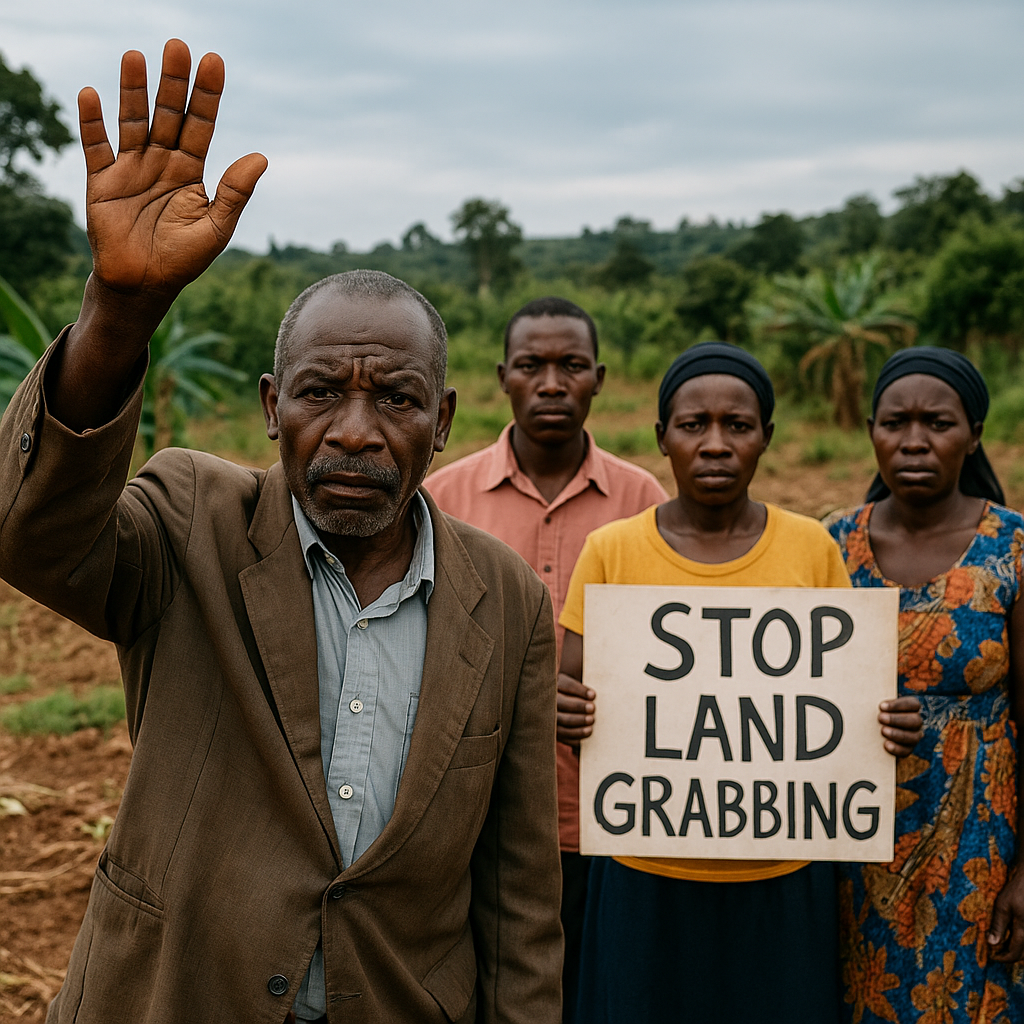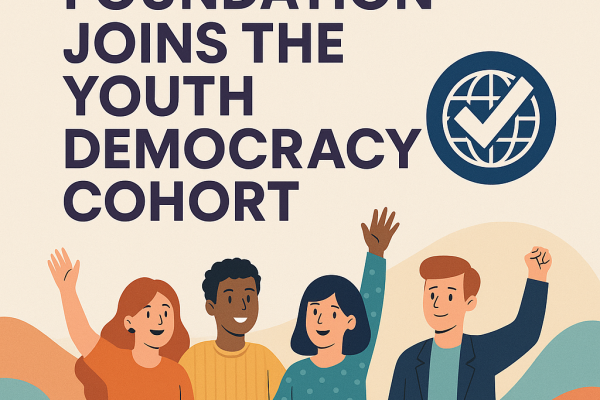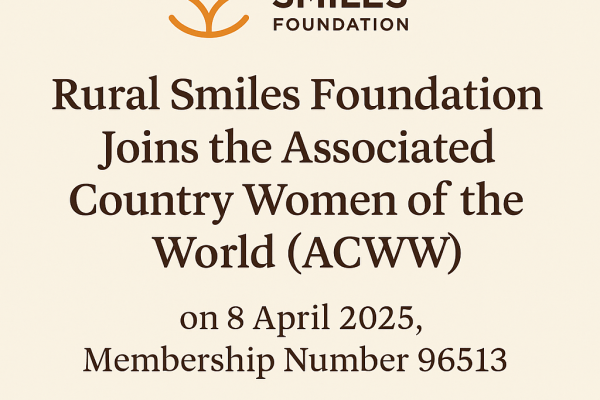
Under Siege: The Silent Land Grabbing Crisis in Kibaale District and Greater Kibaale

In the heart of Uganda’s Bunyoro sub-region, a quiet but devastating crisis is unfolding. Kibaale District — along with its neighboring districts Kagadi and Kakumiro, known collectively as Greater Kibaale — has become a flashpoint for land grabbing, a phenomenon uprooting countless families, fueling conflict, and threatening rural livelihoods.
While land-related disputes are not new to Uganda, the situation in Greater Kibaale is particularly alarming due to its historical land tenure complexities, increasing demand for fertile land, and weak enforcement of land rights protections.
A Historical Powder Keg
The roots of land grabbing in Kibaale run deep. Historically, the area was affected by the 1900 Buganda Agreement, which introduced mailo land tenure and created absentee landlordism even outside Buganda proper. In Kibaale, many indigenous Banyoro communities were categorized as squatters on their ancestral lands, lacking formal ownership documents.
Although post-independence land reforms and the 1995 Constitution recognized customary land ownership, many rural communities remain without formal land titles today. According to the Uganda National Land Information System (2023), over 68% of landowners in Kibaale District still depend on customary tenure.
This legal limbo has made them easy targets for speculators, absentee landlords, and corrupt officials.
The Rise of Land Grabbing
Recent years have seen an explosion of land grabbing cases in Greater Kibaale, fueled by several intersecting factors:
Increased Land Value: Kibaale's fertile soil and strategic location near oil development zones in Hoima have led to soaring land prices.
Weak Local Governance: Some local leaders are accused of colluding with land brokers to illegally allocate land.
Population Growth: The district's growing population (estimated at over 950,000 as of the 2024 UBOS estimate) has intensified competition for land.
Oil Prospects: Speculative land buying linked to anticipated oil production in the Albertine Graben has sparked new waves of evictions.
"We woke up one morning and found surveyors in our gardens," said Justine, a widow from Mugarama Subcounty, Kibaale District. "They said the land had been sold. We had no idea. No court notice. No meeting."
Justine and dozens of others were forcibly evicted without compensation.
Targeting the Vulnerable
The most affected groups are typically:
Widows and Women: Despite constitutional protections, women often lack formal ownership documentation. A 2024 survey by the Rural Smiles Foundation found that 62% of women interviewed in Karama and Kyebando subcounties had lost land through illegal evictions.
Indigenous Communities: Minority ethnic groups, such as the Banyoro, have seen their customary claims ignored.
Orphans and Children: Disputed inheritances and fraudulent land sales leave many children landless.
In many cases, powerful individuals — including businessmen, local politicians, and investors — manipulate the customary system, intimidate families, or forge documents to claim land.
"Sometimes the courts delay so much that families lose hope," noted a lawyer at the Kibaale Justice Centre. "Meanwhile, the land grabbers develop the land or sell it again to third parties."
Land Grabbing and Violence
Land disputes have increasingly turned violent. In 2023 alone, Kibaale District Police recorded over 240 land-related cases, including arson, physical assault, and even killings.
In Nyamarunda Subcounty, a land-related dispute erupted in late 2024 when an investor fenced off over 80 acres of land previously occupied by over 100 households, cutting them off from access to water sources and roads.
"They fenced even the borehole. Women had to walk five extra kilometers to find water," recounted one village elder.
Tensions remain high as communities organize to resist forced evictions — sometimes leading to deadly clashes.
Government Response: Too Little, Too Late?
While the government has taken some steps — such as establishing District Land Boards and promoting systematic land registration through the Ministry of Lands — enforcement remains weak.
The 2013 Land Policy called for the protection of customary rights, but practical implementation is slow and often undermined by corruption and political interference.
Moreover, Uganda’s Land (Amendment) Act of 2010, intended to protect lawful occupants, has proven difficult to enforce at the grassroots level without massive public legal education and access to affordable legal representation — services most rural communities lack.
A Regional Pattern
Kibaale’s crisis is mirrored across Uganda, but Greater Kibaale’s unique history and strategic location make it a particularly dangerous hotbed.
In the oil-rich districts of Hoima and Buliisa, land speculation tied to oil infrastructure projects led to the displacement of thousands.
In neighboring Kiboga and Kyankwanzi, commercial agricultural projects have caused similar land conflicts.
But Kibaale stands out because of the sheer scale of rural land vulnerability — where informal, undocumented, and inherited claims dominate the landscape.
Hope Through Grassroots Action
Despite the grim situation, grassroots organizations and legal aid clinics are stepping in.
The Rural Smiles Foundation, working in Mugarama, Karama, and Kyebando, has launched initiatives such as:
Training Land Rights Ambassadors: Empowering widows and community members to know and defend their rights.
Mediating Disputes: Working with local councils to mediate disputes before they escalate.
Public Awareness Campaigns: Educating the public about their constitutional protections under Ugandan law.
"When communities are informed, they resist illegal evictions more effectively," says Geofrey, Executive Director of the Rural Smiles Foundation.
Grassroots movements are also pushing for faster implementation of the Systematic Land Adjudication and Certification (SLAAC) program to issue certificates of customary ownership — a cost-effective way to legally recognize rural land rights.
Conclusion: The Future at Stake
Land is not just an asset in Uganda — it is identity, heritage, and survival.
The ongoing wave of land grabbing in Kibaale and Greater Kibaale threatens not only livelihoods but also social stability, food security, and the fragile trust between citizens and the state.
Without urgent interventions — stronger enforcement, expedited land titling, community legal empowerment, and a crackdown on corruption — the land grabbing epidemic risks entrenching poverty, fueling conflict, and deepening historical grievances that could destabilize the region for generations.
The people of Kibaale are fighting not just for land. They are fighting for their future.
Share this post:



